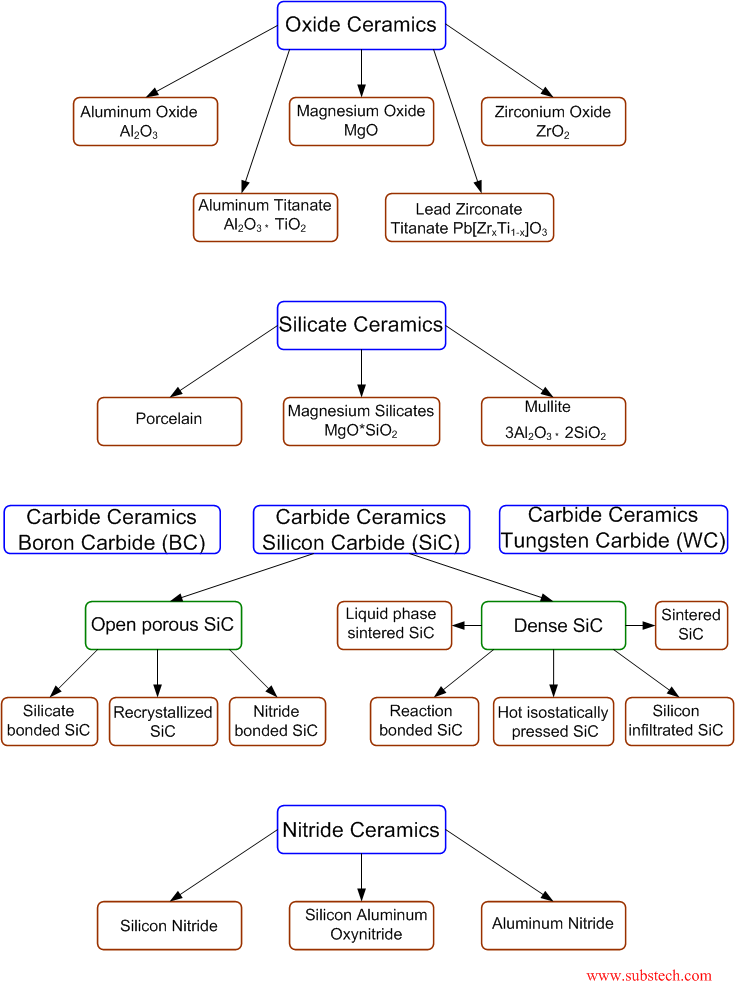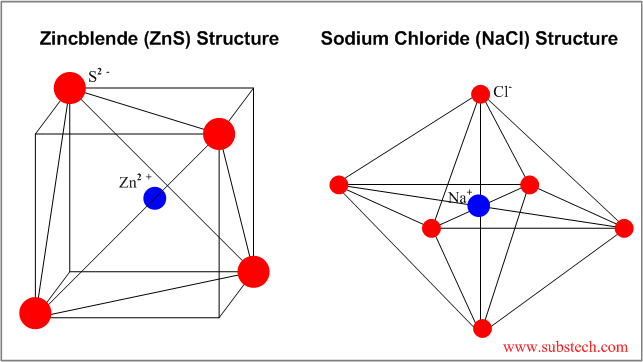Structure Of Ceramics Pdf

Amorphous structure means that atoms are not organized according to a well ordered repeating arrangement as in crystals.
Structure of ceramics pdf. Print book e book. 2 ceramic structures continue factors influence crystal structure magnitude of electrical charge of ions relative size of ions non metal metal ions rc ra 1 äcations must be next to anions maximize of nearest neighbors that are anions ästable structure anions and cations must contact each other äthe of anions depends on ratio of rc ra. Corrosion and degradation of. Multiple choice questions applications and processing of ceramics.
The table below provides a summary of the main properties of ceramics and glass. Part i reviews the composition structure and properties of dental. Applications and processing of polymers. Applications and processing of ceramics.
Glass ceramics are made of small grains surrounded by a glassy phase and have properties in between those of glass and ceramics. Ceramic composition and properties atomic and molecular nature of ceramic materials and their resulting characteristics and performance in industrial applications. Purchase structure and properties of ceramics volume 80 1st edition. Structures may be predicted based on ratio of the cation and anion radii.
Stability of ceramics also depends to a considera ble extent on their structure 5. Usually they are metal oxides that is compounds of metallic elements and oxygen but many ceramics. Structures are based on charge neutrality maximizing of nearest oppositely charged neighbors. Crystal structure of ceramics ceramics contain the same imperfections in their crystal structure as metals vacancies displaced atoms interstitialcies and microscopic cracks internal flaws tend to concentrate stresses especially tensile bending or impact hence ceramics fail by brittle fracture much more readily than metals.
Advanced structural ceramics are being used or have the potential to be used in a large variety of applications ferber and tennery 1991 american ceramic society website some of the primary application areas are listed in table 1 this is not intended as a complete list but rather a sampling of some of the applications with the greatest potential and or the greatest interest. Multiple choice questions applications and processing of polymers. Industrial ceramics are commonly understood to be all industrially used materials that are inorganic nonmetallic solids. Ceramic materials have covalent ionic bonding.



















